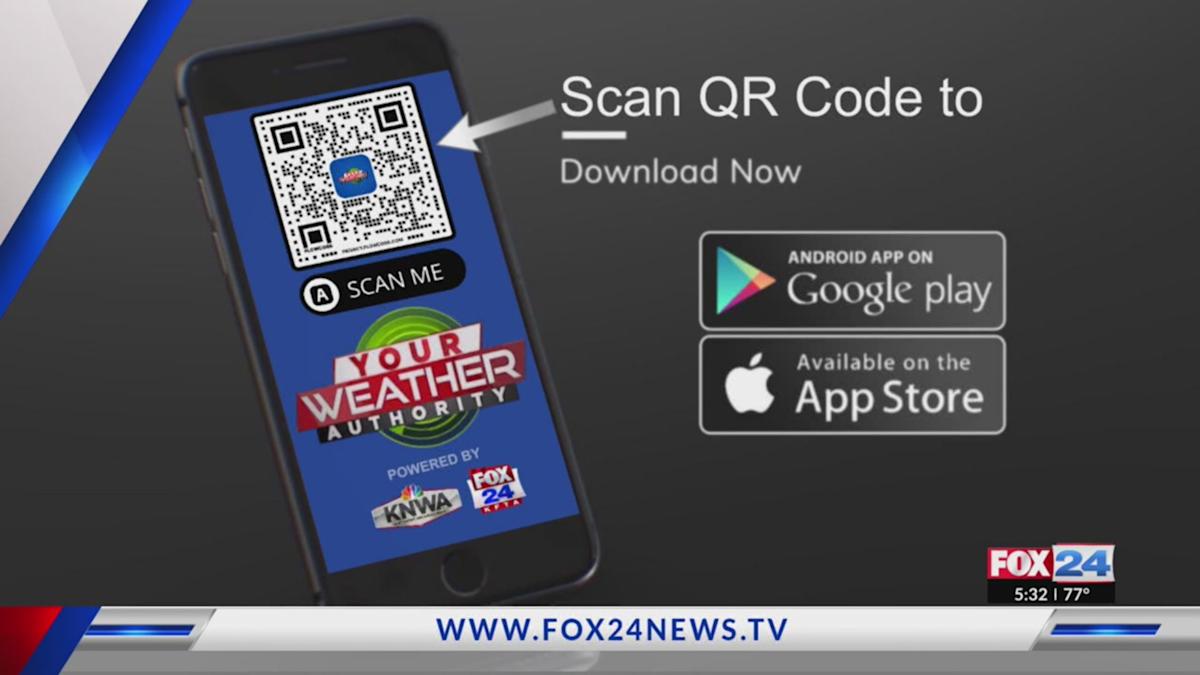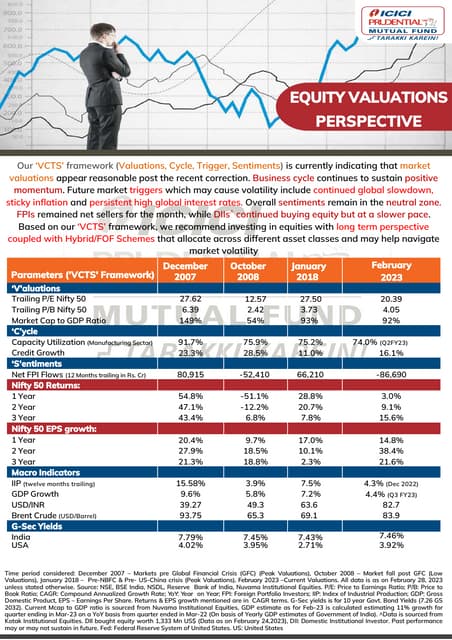How To Recognize And React To A Flash Flood Emergency

Table of Contents
Flash floods are sudden, devastating events that can strike with little to no warning, transforming normally tranquil streams into raging torrents in a matter of minutes. Understanding how to recognize the signs of an impending flash flood and knowing how to react quickly is crucial for your safety and the safety of those around you. This guide provides essential information to help you prepare for and survive a flash flood emergency. Knowing what to do during a flash flood can save lives.
Recognizing the Signs of an Impending Flash Flood
Understanding Flash Flood Triggers
Flash floods aren't just caused by heavy rain; several factors can contribute to their sudden onset. Understanding these triggers allows for better preparedness:
- Sudden, intense rainfall over a short period: This is the most common trigger. A short burst of torrential rain can overwhelm drainage systems, leading to rapid water accumulation.
- Dam or levee failures: Structural failures in dams or levees can release massive volumes of water downstream, causing catastrophic flash flooding with little warning. This is especially dangerous in areas downstream of these structures.
- Rapid snowmelt in mountainous areas: During periods of rapid warming, significant snowmelt can quickly overwhelm rivers and streams, resulting in downstream flash flooding. This is a particularly common concern in spring.
- Upstream flooding: Flooding upstream can rapidly propagate downstream, causing unexpected flash floods in areas that may not have experienced significant local rainfall.
Visual Warning Signs
Recognizing visual cues is critical in a flash flood situation. Look out for these signs:
- Rapidly rising water levels in streams, creeks, and rivers: A significant and sudden increase in water level is a major red flag.
- Water overflowing banks: Water exceeding the normal boundaries of a river or stream indicates an imminent danger of flash flooding.
- A sudden increase in water flow: Even without significant rising water levels, a dramatic increase in the speed of the water current is a serious warning sign.
- Debris carried downstream: Logs, branches, and other debris being swept along in the current signals a powerful and potentially dangerous flood.
- Changes in water color (murkier or muddier): Muddy or discolored water indicates increased sediment runoff, a sign of heavy rainfall and potential flooding.
Auditory Warning Signs
Your ears can also provide valuable warnings:
- The roar of approaching water: The sound of rushing water, especially if it's louder or closer than usual, is a clear indication of a potentially dangerous situation.
- Changes in the usual sounds of a nearby water source: A noticeable change in the typical sounds of a river or stream, like a sudden increase in volume or a different tone, can be a warning.
Official Warnings
Never underestimate the importance of official warnings:
- Pay close attention to weather alerts and warnings issued by your local authorities: These warnings are often the first and most reliable indicators of impending danger.
- Utilize weather apps and websites for real-time updates: Stay informed through reliable weather sources that provide location-specific alerts.
- Understand the meaning of different warning levels (watch vs. warning): A watch means conditions are favorable for flash flooding, while a warning indicates that flash flooding is occurring or is imminent. Act immediately upon receiving a warning.
Immediate Actions to Take During a Flash Flood Emergency
Evacuate Immediately
Your safety is paramount. If you receive an evacuation order:
- Follow evacuation orders promptly: Do not delay; evacuation orders are issued for a reason.
- Never attempt to drive or walk through floodwaters: Even seemingly shallow water can be deceptively powerful and dangerous.
- Move to higher ground: Find an elevated location away from the flood zone.
- Seek shelter in a sturdy building: If evacuation isn't immediately possible, find a strong, elevated structure.
If Evacuation is Not Possible
If you cannot evacuate, take these steps:
- Move to the highest level of your home: Get to the upper floors of your building.
- Turn off utilities (gas, electricity): Prevent further hazards from electrical shorts or gas leaks.
- Store essential items in a waterproof container on the upper floor: Protect valuables from water damage.
- Stay informed and monitor weather updates: Continue to check for updates on the flood situation.
Safe Driving Practices (If Necessary)
Avoid driving during a flash flood whenever possible:
- Avoid driving through flooded areas: Never attempt to drive through flooded roads; the depth of water is often unpredictable and can sweep a vehicle away.
- Even a few inches of water can sweep a car away: Do not underestimate the force of floodwaters.
- Turn around, don’t drown: This is crucial advice; your life is more valuable than any journey.
After the Flood
Post-flood safety is also crucial:
- Be aware of potential hazards like downed power lines and damaged structures: Avoid contact with any damaged infrastructure.
- Report damages to your local authorities: Help authorities assess the extent of damage and aid in recovery efforts.
- Check for contaminated water and avoid contact: Floodwaters often contain contaminants; avoid contact until authorities deem it safe.
Flash Flood Preparedness: Before the Emergency
Develop a Family Emergency Plan
Proactive planning significantly improves your chances of survival:
- Establish a meeting place: Designate a safe location for your family to meet after a flood event.
- Identify evacuation routes: Plan multiple escape routes to higher ground.
- Prepare an emergency kit: Gather essential supplies beforehand.
Create an Emergency Kit
Your kit should include:
- Water: A significant supply for each family member for several days.
- Non-perishable food: Easy-to-prepare, non-perishable items with a long shelf life.
- First-aid kit: Include necessary medications and bandages.
- Flashlight and radio: Essential for communication and emergency illumination.
- Extra batteries: Ensure you have sufficient power for your devices.
- Medications: Any necessary prescription medications.
- Important documents: Store vital documents in a waterproof bag.
Know Your Risk
Understanding your vulnerability is critical:
- Determine your location's vulnerability to flash floods: Check flood maps and local resources to assess your risk.
- Live in a flood plain? Take extra precautions: If you reside in a flood-prone area, prioritize preparedness even more.
Conclusion
Flash floods are unpredictable and dangerous. Being prepared and knowing how to react quickly can mean the difference between life and death. By understanding the warning signs of a flash flood and following the safety guidelines outlined in this article, you can significantly reduce your risk. Remember to always heed official warnings and prioritize your safety and the safety of your family. Stay informed, stay safe, and prepare for flash flood emergencies. Learn more about flash flood safety and preparedness today!

Featured Posts
-
 Exploring Jensons Fw 22 Extended Line New Styles And Details
May 26, 2025
Exploring Jensons Fw 22 Extended Line New Styles And Details
May 26, 2025 -
 Naomi Campbell And Anna Wintours Rift Truth Behind The Met Gala 2025 Ban Rumors
May 26, 2025
Naomi Campbell And Anna Wintours Rift Truth Behind The Met Gala 2025 Ban Rumors
May 26, 2025 -
 Reliving The Glory Jenson Button Returns To His 2009 Brawn
May 26, 2025
Reliving The Glory Jenson Button Returns To His 2009 Brawn
May 26, 2025 -
 Ftc Probe Into Open Ai Implications For Ai Regulation And The Future Of Chat Gpt
May 26, 2025
Ftc Probe Into Open Ai Implications For Ai Regulation And The Future Of Chat Gpt
May 26, 2025 -
 Dc Love Story From Miles Apart To Heartbreak
May 26, 2025
Dc Love Story From Miles Apart To Heartbreak
May 26, 2025
Latest Posts
-
 Why Current Stock Market Prices Dont Signal A Crash Bof As View
May 31, 2025
Why Current Stock Market Prices Dont Signal A Crash Bof As View
May 31, 2025 -
 Understanding Elevated Stock Market Valuations A Bof A Perspective
May 31, 2025
Understanding Elevated Stock Market Valuations A Bof A Perspective
May 31, 2025 -
 High Stock Valuations And Investor Confidence A Bof A Analysis
May 31, 2025
High Stock Valuations And Investor Confidence A Bof A Analysis
May 31, 2025 -
 Addressing Investor Concerns Bof A On Elevated Stock Market Valuations
May 31, 2025
Addressing Investor Concerns Bof A On Elevated Stock Market Valuations
May 31, 2025 -
 Stock Market Valuations Bof As Argument For Why Investors Shouldnt Worry
May 31, 2025
Stock Market Valuations Bof As Argument For Why Investors Shouldnt Worry
May 31, 2025
